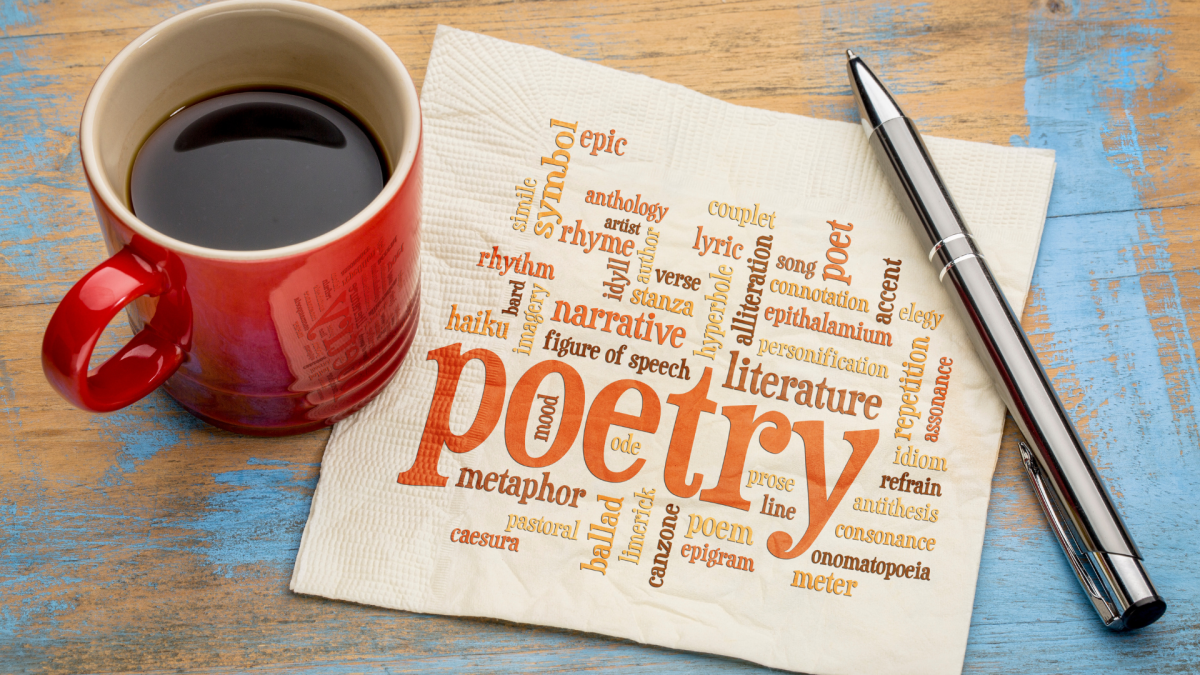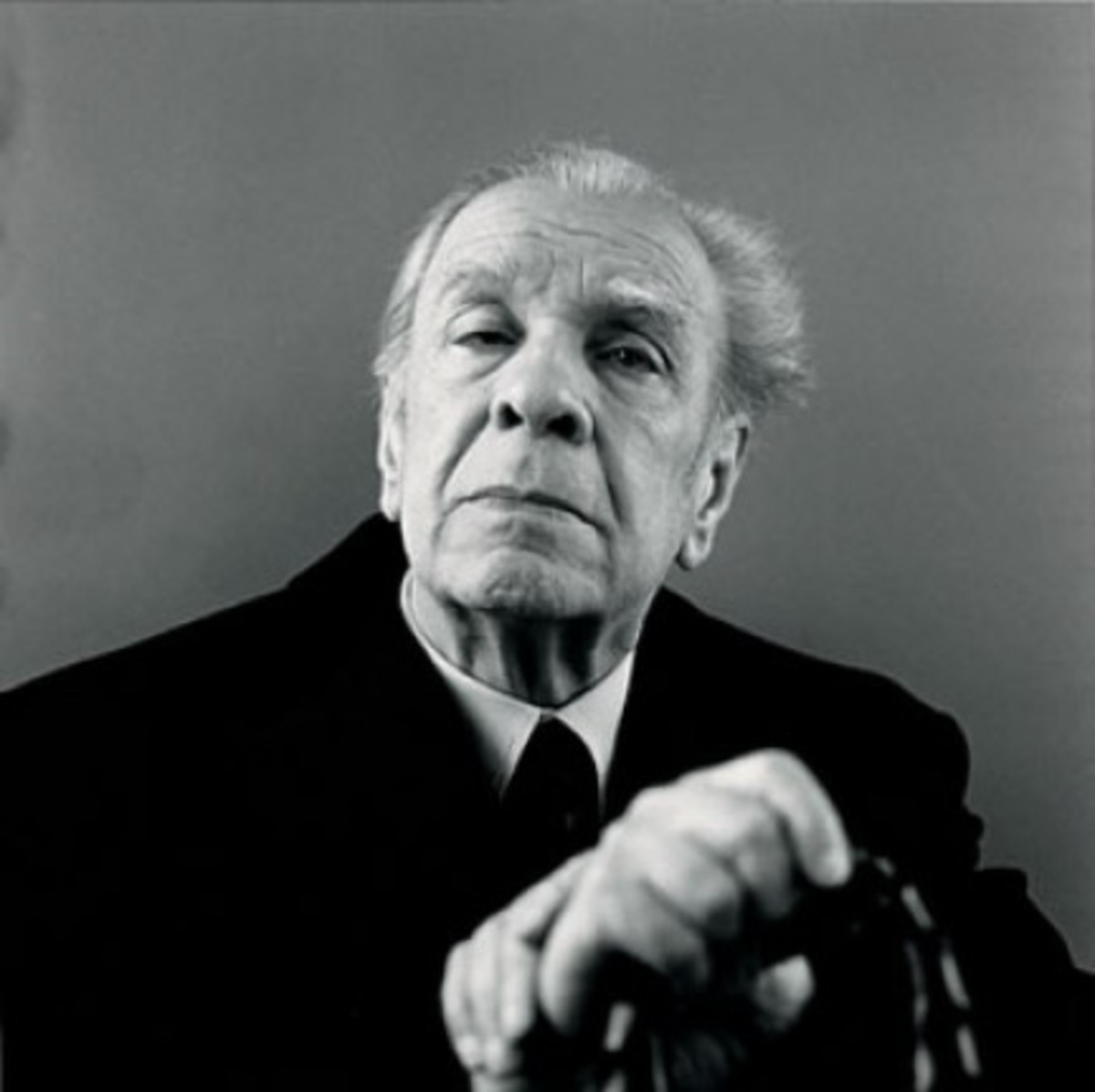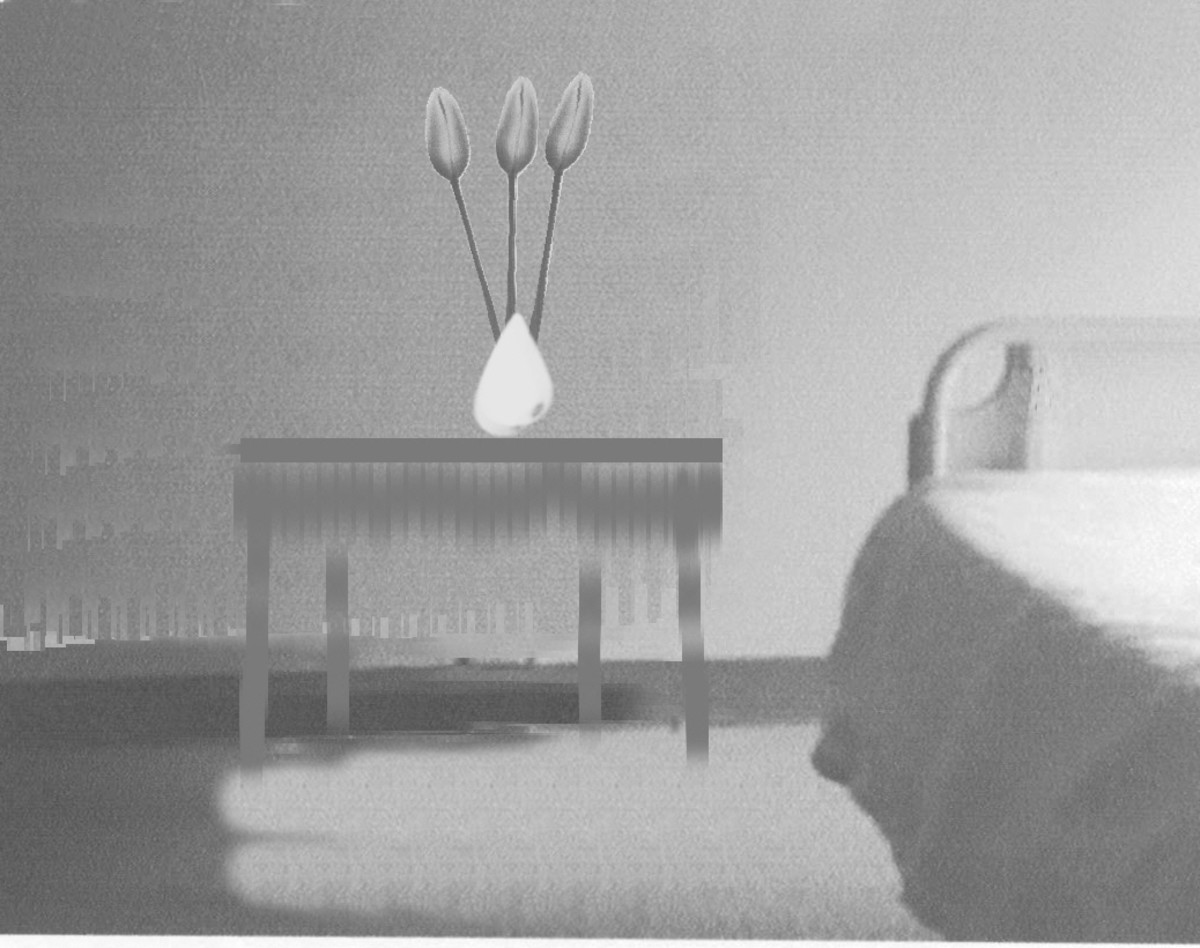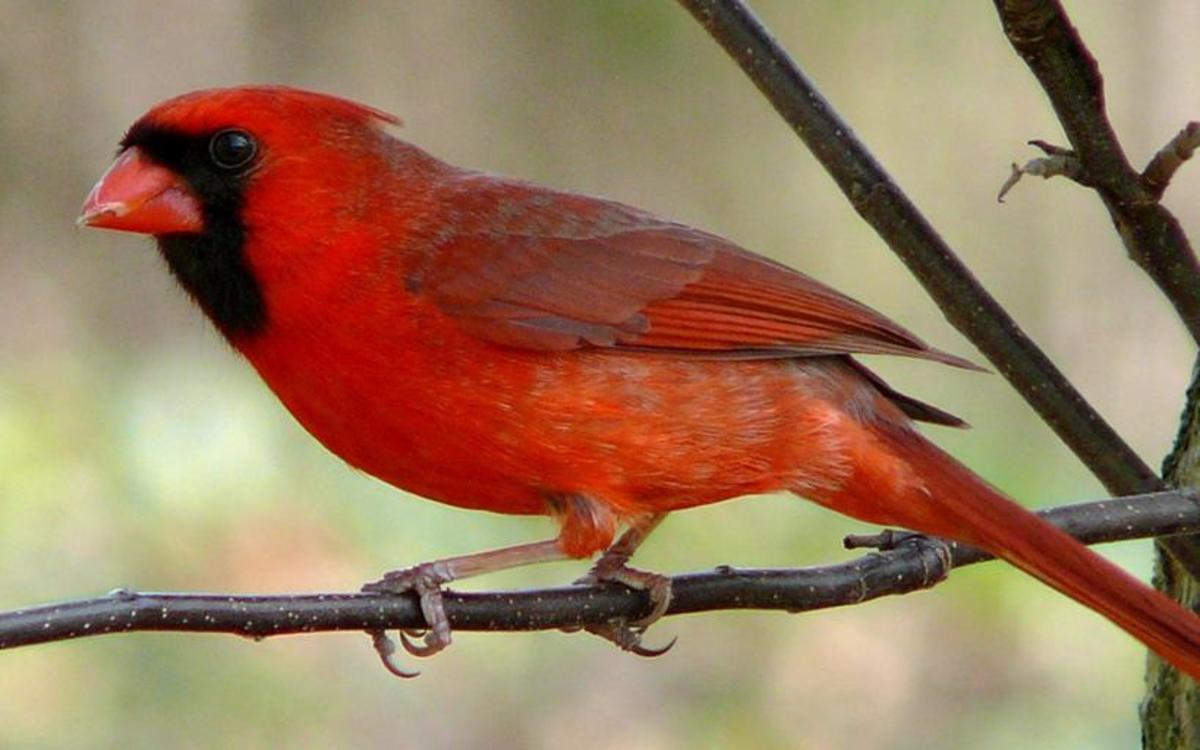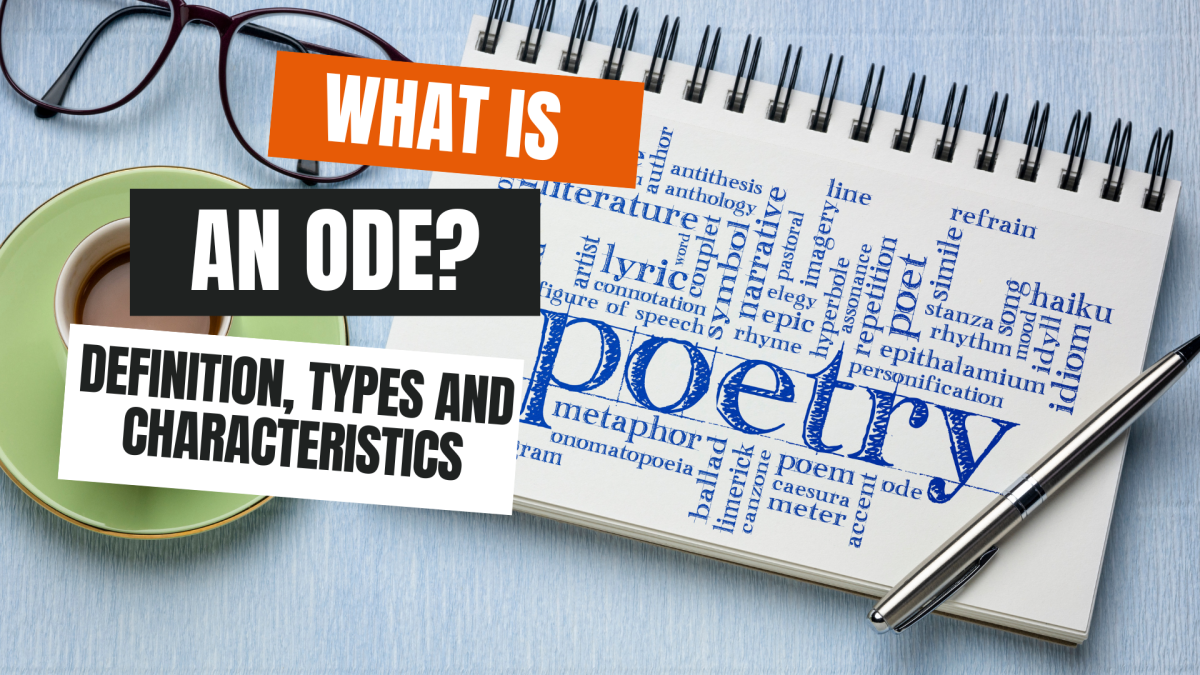Ode to a Nightingale: Existential Pathway for Finding Peace
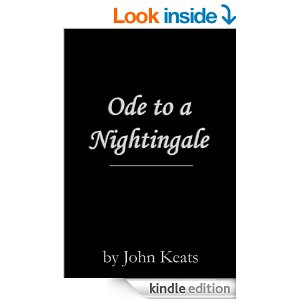
Imagine waking up in a world where sounds, light, and shapes stood out as though in a dream. Melodies, striking and sharp, could pierce into the soul, leaving confusion, pain, and infinite wisdom. In the eighteenth century, poets had reached a stage of enlightenment in which clarity poured from their pens in the form of artistic expression against the current political and social mores imposed by the aristocracy. Among those with sharp pen teeth was John Keats, who expounded his political views by expressing the divinity of beauty found in nature and the impact that understanding such beauty has on the human soul. With that said, a close look will be taken into John Keats’ “Ode to a Nightingale” to highlight his version of transcendent beauty and define how he struck out against the oppression of the aristocracy.
The wind blows softly in the distance, rustling autumn leaves across the dirt path. Small, broken branches are strewn about, as if from a recent storm, but the dirt is dry and blows little dust tunnels at the slightest provocation. In eight stanzas, the “Ode to a Nightingale” by John Keats sets a reader up in this little moment in time to exhibit the pristine beauty of the nightingale in contrast with the harsh reality of his world. Using the power of poetry, Keats is able to become one with the nightingale, to cast off his world of death and despair and enjoy the beauty of the melody for its enchanting quality of escape. In fact, the very “act of writing the poem has already allowed him to join the nightingale” (Minahan 173). But, by the final stanza, his imagination is such that he is struck by a newfound despair when the object of his words takes flight and leaves him. To understand the speaker of the poem’s true despair and the beauty he finds from the melody of the nightingale, an explication will be taken into the words of Keats’ poem as he takes his reader on an emotional journey while highlighting the enchanting power that nature has in enabling the foundation of inner peace.
It’s painful, so beautiful a melody that the speaker of the poem is struck by a profound pang upon hearing the nightingale’s song. It’s as though he is experiencing a “drowsy numbness [that] pains/[his] sense” (lines 1-2). He compares the sound to drinking hemlock (line 2) or taking opiates (line 3) and gives his reader a vision of him staring up at the beautiful nightingale, cursing it for its unendurable ability to be outside his current reality and at peace in some transcendent dimension. By the middle of the stanza, the speaker of the poem is studying the nightingale with solicitous eyes, noting that it must be through “some melodious plot” (line 8) that the aria can achieve such divine beauty. For the speaker, such a carefree attitude seems an impossibility—an incongruous aspect shining inconceivably in a futile and oppressive world.
By the second stanza, the speaker is searching for an intoxicant to escape into the world of the nightingale and enjoy a similar untroubled life. He calls for a “beaker full of the warm South” (line 15) to immerse himself in a figurative and literal sense, into the song of the nightingale. His mind lingers over the “beaded bubbles winking at the brim” (line 17) that he could become one with nature, allowing him to “fade away into the forest dim” (line 20). In the third stanza, he is taken over by the promise of his intoxicant, waiting to leave behind “what thou among the leaves has never known” (line 22). In words tainted by despair, he defines this world as one full of sorrow and strife, with “weariness…fever…and fret” (line 23), one in which man endures the suffering of illness, hardship, and worry until, in the end, his life culminates in a thankless death. It is a world that beauty cannot even see, where the nightingale “cannot keep her lustrous eyes” (line 29). It is a world only glimpsed through the melodious chimes of the nightingale.
In stanzas four through six, he becomes immersed in the nightingale’s melodious world. He “cannot see what flowers are at [his] feet” (line 41) and comes to a transcendent moment of peace, experiencing nature and the absolute true darkness, “save what from heaven is with the breezes blown” (line 39). He mocks his world, citing that “for many a time/[he has] been half in love with easeful Death” (lines 51-52). These stanzas mark the turning point between the ultimate darkness of his reality and the peaceful darkness in the reality provided by the nightingale. For the first time, he is able to experience the purity of the quiet, the purity of a dark night, and see it for what it should be, instead of fearing what darkness usually holds. By stanza seven, he realizes that the nightingale must be an immortal creature, one untouched by the madness of the human world, but beloved by mankind throughout the ages. It comforts him, at least on some level, as much as it would have those in the “ancient days” (line 64) to hear the peace extolled by the delicate creature.
In the final stanza, the speaker is brutally discharged back into his reality when the nightingale flies away, leaving him with a sense of nakedness, weak again in his own world. He is shaken to the core when the nightingale takes flight and its “plaintive anthem fades” (line 75). Disturbed, he wonders, “was it a vision, or a waking dream” (line 79), now unable to tell the difference between his imaginative world where the nightingale sings a melody so sweet he can feel at peace and the discordant and guttural world where he actually exists. The speaker in the poem is, in many ways, like a coma patient waking up to the raucous and harsh noises of an infirmary.
In his “Ode to the Nightingale,” Keats is a poet who stands as a spiritual guide for his audience to the inner realm of imagination and emotion. Everything he feels becomes as raw as an open wound as he pens his words to paper and conveys his ideals of nature to an outside world almost incapable of understanding true beauty. This particular Ode “brings back the tonal restlessness, the language full of questions and negations…[and] it returns us finally to the tonality where we began—and we end up, for that very reason, severely shaken” (Minahan 185). A reader comes away from the poem nearly as stricken as the speaker, having been taken on his journey into the realm of divine beauty. The shock he feels as the nightingale flies away is the same shock absorbed by the reader as they take in the meaning of his words. The reader is left in the world Keats has painted—the discordant world where a man has nothing better to do than die, a world where seeking intoxication is preferable to dealing with the injustices of reality, society, and the agendas of the aristocracy.
The song of the nightingale was a shield, taking the sting out of the harshness of that real world, showering the reader in the same pleasant wave that showered the speaker and every ear throughout history lucky enough to have stood within range of the nightingale’s melody.
It is a tragic note, “in the fading, plaintive requiem for the imagination with which the 'Ode to a Nightingale' concludes, we hear too the undeceiving music of post-revolutionary consciousness” (Roe 60). The reader is left with an understanding of the world that Keats was trying to highlight.
John Keats’ “Ode to the Nightingale” serves as a foundation for understanding true beauty as it exists within our own reality. He highlights this through the melody of the nightingale, a bird with a voice so divine that the listener is able to transcend his own reality and observe an inner peace not found outside of nature. This conflict presented between romanticism of nature and the harsh realities of an aristocratic world define Keats’ view that true beauty cannot be understood unless a person is capable of taking a moment, as insignificant as listening to the arias of a nightingale, to understand that beauty exists. That beauty might be fleeting, able to take wing and be gone after a glimpsed moment, but that beauty is transcendent enough to provide peace in a world otherwise unmelodious and harsh.
References
Keats, John. John Keats: Selected Poetry, ed. Elizabeth Cook. “Ode to a Nightingale.” Oxford: Oxford University Press, 1996.
Minahan, John A. John Keats, Music and the Romantic Poet John Keats, Music and the Romantic Poet. Kent, OH: Kent State University Press, 1992.
Roe, Nicholas. John Keats and the Culture of Dissent. Oxford: Clarendon Press, 1998.

